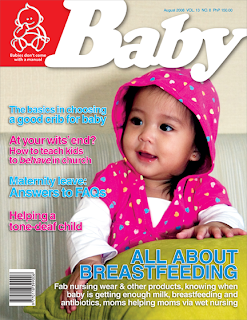
I used to be a library rat, one of those kids who would eat their lunch in 15 minutes so that the rest of the lunch hour could be spent in the company of books in the school library. I remember choosing books by the cuteness of the illustrations alone (the more cartoon-y and silly the better). As I read more, I found I gravitated towards the thicker books, and before I realized I was doing it, I was plucking out familiar serial books from the shelves, thinking that this book must be good because I liked another one by the same author.
Most serial books (read: Sweet Valley) are pooh-poohed by the highbrow lit crowd because they're populated by flat and typical characters, don't offer much of a conflict and demand so little thinking from the reader. But what these highbrow dudes are missing is the (awesome) ability of these books to initiate kids into reading.
Kids have favorite authors because they like picking favorites. I picked up a Sweet Valley because there was a cat on the cover. From then on, any spine with a Francine Pascal written on it jumped out at me from the shelf. Kids also know a good book when they finally get their hands on one, and this is when the wonderful world of reading starts to inspire them.

The first Beverly Cleary book I read was Dear Mr. Henshaw, and I read only a chapter of it, because it was in my school textbook. I liked it a lot that I looked for it in the library and read the whole thing. I wasn't disappointed; in fact, this was the first time I got the itch to write.
Recently, I've been reading and re-reading this book by Catherine Woolley called, plainly enough, Writing for Children. I bought it because a teacher once said that to write, any writing how-to book helps, so get one. And true enough, it has helped me, at least, by forcing me to decide, once and for all, what kind of children's story I want to write.
In a section entitled "Favorite Authors" Woolley writes: A child's favorite author is the one whose books he or she has come to love and eagerly look forward to, and if that author switches to an entirely different sort of story the child reader may put the library book back on the shelf in disappointment, turn away, and look for another favorite author.
I don't think I've grown out of the favorite author phase. In fact, I think I'm collecting favorite authors! I keep dropping by bargain bookstores and bookfairs for the reason that there's a series I've been dying to complete. It only means I'll be hunting for a long time, because I also keep finding new series to begin collecting wherever I go...
...and that sums up the whole awesome power of bookshelf dust bunnies like Sweet Valley.



